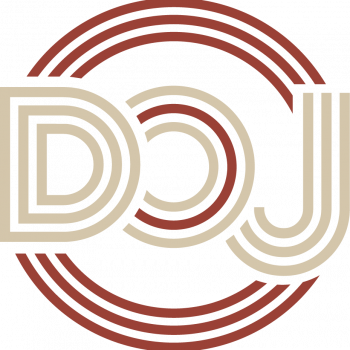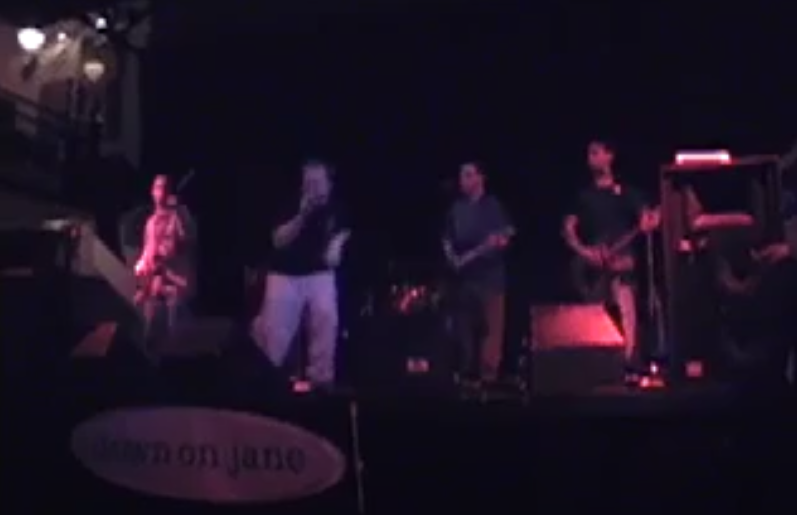That Checkerboard Floor
Back in the late ’90s and early 2000s, if you were in a Pittsburgh rock band with original songs and a glimmer of ambition, there was one place that mattered more than any other: Nick’s Fat City.
Getting a Shot
It sat right in the heart of the South Side, back when Carson Street was a different playground of college kids, bikers, misfits, and musicians, not what it is today. To play Nick’s really play it, on a Friday or Saturday night meant you had made it onto the local rock food chain. It meant you had a shot.
That’s what we were all chasing.
My band back then was one of dozens trying to wedge our way into the scene. We had CD demos, black-and-white flyers, and day jobs we hated. We burned weekends hauling gear, rehearsing in a musty Southside basement, and calling in every favor we could to land a gig at Nick’s, hoping someone would take notice.
The Local Rock Ladder
At the top were The Gathering Field, who had a record deal and a regional hit with “Lost in America.” Brownie Mary had swagger and a reputation for packing rooms. Buzz Poets brought energy and distinct variation to the Pittsburgh scene. Too Tall Jones, hard-edged rock n roll. Grapevine played with a level of musicianship that set them apart. And of course, there were The Clarks. They were the Friday and Saturday night headliners. The rest of us? We fought for Thursdays, Tuesdays, and “showcase” gigs, opening slots we hoped would turn into something more.
Getting on a weekend bill at Nick’s was a rite of passage. But it wasn’t easy. There were gatekeepers and booking guys who’d barely return your calls unless you could prove you were drawing 200+ people at your last show. If you were lucky enough to open for one of the “big bands,” you treated it like opening for a national act, even if it was just for the bartenders and 20 early arrivers drinking IC Light.
Nick’s Fat City: The Rise and Fall
The Pittsburgh rock scene had a sound, some mix of Heartland grit, post-grunge sincerity, and Springsteen-on-a-budget storytelling. It was rustbelt. Everyone wanted to be authentic. Everyone wanted to headline Nick’s on a Friday night. But by the early 2000s, the buzz started to fade.
There was no single reason for the decline. Like all good things, it was death by a thousand cuts.
First came the shift in tastes. Rock, especially regional rock with a bar-band feel, was being elbowed aside by hip-hop, EDM, and what we called the boom boom clubs. Then came the early internet, which diluted the influence of local radio. Suddenly, your fanbase didn’t need to go to the South Side to discover music; they were starting to find bands without leaving their bedrooms.
Clubs followed the money. DJs replaced drummers. Cover bands were safer bets than original acts. And rock radio stopped taking chances on the local scene. The pipeline from the basement to the broadcast dried up.
Nick’s tried to hold on. It hosted everyone from national acts to tribute bands to the diehard locals still clinging to the old days. But without a thriving rock scene, the venue’s magic dimmed. The crowds got smaller, the bills got thinner, and eventually, the music stopped altogether. Nick’s Fat City closed its doors in the early 2000s, and with it, an era ended.
And then… it started to slip.
Nick’s Fat City: The Scene and The Sound
It wasn’t just the loss of a venue. It was the loss of a proving ground, a communal hangout, a scene. For a decade or so, Nick’s was the heartbeat of Pittsburgh rock. And when that heart stopped, something in the city’s musical soul went with it.
The big nights? They belonged to the heavy hitters. These guys weren’t just local, they were regional legends. Their CDs were in Borders. Their songs spun on WDVE and 105.9 The X. They had real crowds. They could sell out Nick’s without breaking a sweat. If you opened for them, you told people. You put it on the poster. You made it your band bio for the next year.
That’s how the hierarchy worked. There was an unspoken pecking order. The top bands got the weekends, the rest of us fought for Thursdays and “industry showcases.” And even if you did pack the place on a Tuesday night, there were no guarantees you’d get bumped up. You had to grind. And grind we did.
But man, it was electric. That stage had history and heat. The sound was never perfect, the monitors barely worked, but the place felt alive. The crowd was right there with you, pressed up against the edge of the stage, sweating and shouting and buying your CD if they liked what they heard.
The Slow Fade
Somewhere around the early 2000s, it all began to change. It wasn’t one big moment, more like a series of slow leaks. The scene started to dry up. Fewer people came out for original rock. Clubs shifted toward DJs and cover bands that were safer bets.
Eventually, Nick’s Fat City closed. Not with a bang, more like a shrug. A chapter ended. A scene dissolved. And for a lot of us, it felt like the moment the dream finally left the building.
What It Meant Then – And Now
Looking back now, in my 40s, still writing songs and picking up a guitar after work, I realize what Nick’s really gave us. It wasn’t just a stage, it was a reason. This place gave our music weight. Nick’s gave us a place to chase something real.
These days, I don’t miss the load-ins or the soundchecks. But I do miss that feeling, the nerves, the noise, the crowd.
For those of us who still write and play, even if it’s just in a spare bedroom or an open mic once a month, places like Nick’s are part of our DNA. They’re why we started. They remind us that at one point, we were all in the fight, dreaming big in a smoky rock club in Pittsburgh.

